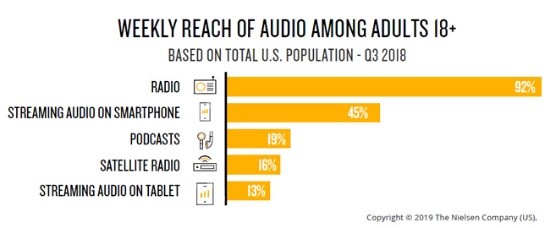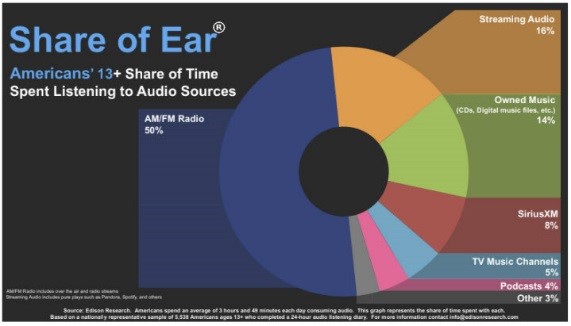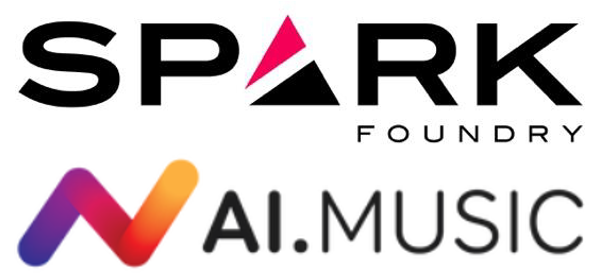Touted Benefits Of Cost & Time Savings – Along With Sponsor Effectiveness – Are Questionable.
Below are excerpts from a report last month by Adam Jacobson of the Radio & TV Business Report.
Cox Communications is the exclusive beta tester for Sympaphonic Ads, brought to fruition thanks to a partnership between Publicis Media’s Spark Foundry and London based artificial intelligence company AI Music.
“Sympaphonic Ads are an industry first and will help marketers increase brand engagement while reducing costs and saving time associated with creating audio ads,” Spark Foundry and AI Music note.
The AI generated audio ads match the user’s current music genre “for a more euphonious and personalized listening experience.” The ads are then distributed via digital audio advertising firm AdsWizz to reach the right audience.
“With the increase in personalization of content, consumers of today expect to see tailored and contextually relevant experiences everywhere,” says Spark Foundry Global Chief Content Officer Eric Levin. “However, this type of personalization is not a reality for audio advertising until now. Most marketers are still using generic audio ads across all platforms due to the time and money that it would take to create varied audio creative assets.”

Through AI Music’s proprietary artificial intelligence engine, which enabled realtime shape shifting on existing music and audio assets, Spark Foundry was able to create dynamic and personalized audio ads in under 10 minutes. Previously, in order to personalize a campaign for audio, it could take up to 23 days to create a single audio ad.
“Consumers do not want an ad that is jarring and disrupts their listening experience,” said Cox Communications VP/Marketing Operations Mollie Andrews. “This innovative technology accelerates our speedtomarket and, most importantly, speaks to our customers in the tone and style that is consistent with their preferred music genre.”
GRIFF’S ANALYSIS
Lower production costs and a faster turnaround time are shaky value propositions. Why? Because,
- Radio/audio commercials already aren’t expensive to make.
Even when involving high level talent at ad agencies, radio is among the least expensive advertising mediums to produce.
So cost savings would be minimal in reality because initial costs aren’t that high compared to TV/video ad production fees.
And many stations provide free script writing & recording services with local purchases.
- Radio/audio commercials already can be produced quickly.
Local ads can be recorded and on-the-air the same day at many radio stations.
Furthermore, sponsors care most about effectiveness (and ROI) making this strategy questionable as a prudent way to broadly execute audio advertising. Why? Because,
- Radio/audio commercials should stand out.
Businesses do not want their message blending in the background!
Of course sponsors prefer not to be thought of as an annoyance, and some on some level that could be accomplished by music genre mimicking. But there is risk to having ads that will blandly fade in to content and not be noticed.
Two classic examples which might annoy some, but most Indy listeners can recall are:
Hare Chevrolet’s Sisters of Savings ad
Shane Company with Tom Shane ad
- Radio/audio commercials voiced by disc jockeys and talk show are naturally woven in to programming and absorbed seamlessly by listeners.
A message from a familiar companion, a show host, is the ultimate “tailored and contextually relevant experience”.
This has gone on for as long as the radio medium has existed…
…and proves false the claim by Spark Foundry’s CEO that supposedly AI delivers groundbreaking advertiser integration with content.
- AI Ad Personalization will not work on AM/FM.
This technology only works on web-audio streaming, not over-the-air audio.
And as a recently published separate research surveys by Nielsen and Edison demonstrate, AM/FM radio is – by far – the dominant audio platform for audience reach and total listening.


